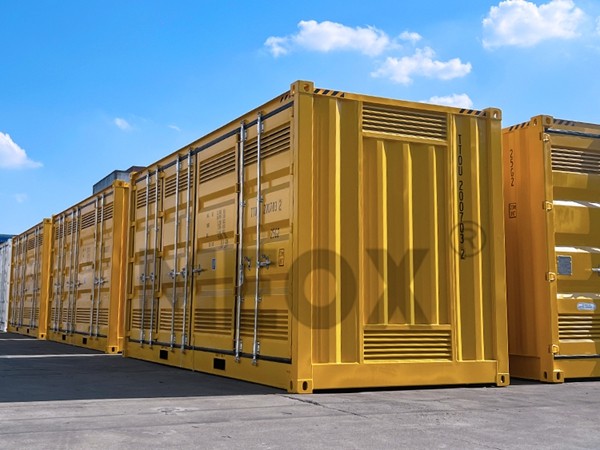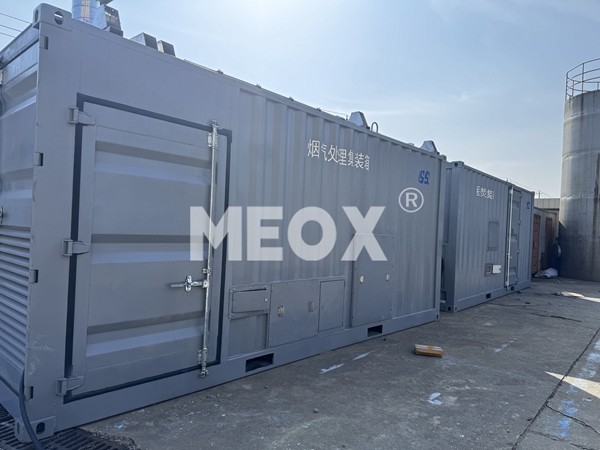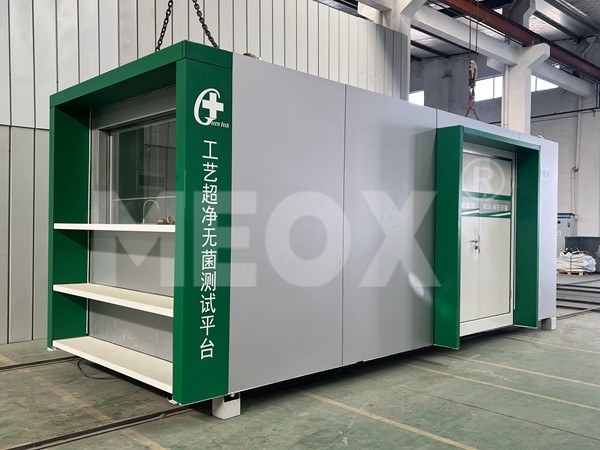Freight farms have transformed modern agriculture by utilizing containers to grow crops in urban environments, bringing freshness and sustainability to the forefront of food production. As consumers and businesses increasingly prioritize local and sustainable produce, understanding the cost dynamics of container-based freight farms becomes crucial for those considering entering this innovative agricultural space.
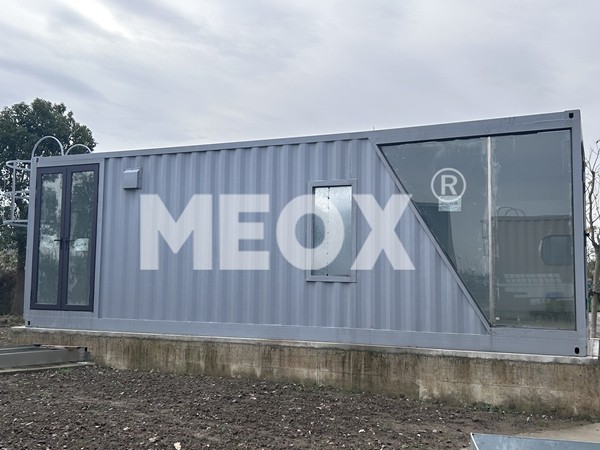
When evaluating the cost of freight farm containers, several key elements must be taken into account. The initial purchase price of the container itself is only a fraction of the total cost. The containers are typically retrofitted shipping containers designed to create optimal growing environments for plants. The high upfront cost often includes robust climate-control systems, state-of-the-art LED lighting technology, hydroponic or aquaponic systems, and digital control panels to monitor and manage the growth conditions. Investing in these technologies ensures high productivity and efficient resource use, which are foundational principles in sustainable farming practices.
The expense of maintaining and operating a freight farm container is another essential consideration. Despite their compact size, these containers require substantial energy to maintain stable climates suitable for plant growth. Depending on the location and scale, electricity can constitute a significant portion of the ongoing expenses, primarily due to heating, cooling, and lighting needs. Consequently, potential freight farm operators must consider energy-efficient technologies and alternative power sources, such as solar panels, to mitigate operational costs while promoting environmental sustainability.
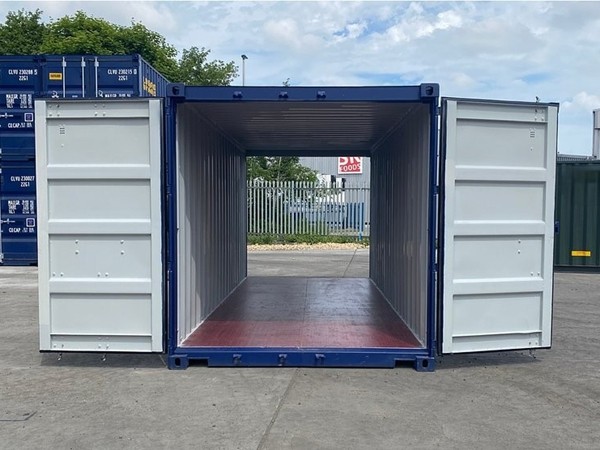
Water usage, though typically optimized in container farms through recirculating systems, is another operational cost factor. These systems dramatically reduce water waste compared to traditional farming, making them an attractive proposition in regions with limited water resources. However, water quality and filtration systems need maintenance to ensure optimal plant health, adding another layer of cost. It’s beneficial to meticulously calculate these associated expenses and incorporate them into business models for accurate financial forecasting.
Additionally, labor costs for operating container farms can vary based on the level of automation and the complexity of the farming systems in place. While automation can reduce manual labor requirements, there is still a need for skilled personnel to oversee operations, manage technical issues, and ensure the health of the plants. Investing in training and development for staff can enhance labor efficiency and contribute to better yield quality, thereby improving the overall profitability of the farming venture.freight farms container cost
Potential freight farm entrepreneurs must also consider location-specific factors influencing container costs. Urban settings, while advantageous for proximity to markets, may elevate costs related to site rental and utilities. Balancing these with transportation savings from being closer to consumers is a vital part of strategic planning.
From a financial perspective, understanding funding and support options is critical. Various governmental and environmental programs may offer grants or incentives for projects that demonstrate a commitment to sustainability and innovation in local food production. Exploring partnerships with local businesses and organizations can provide financial relief while simultaneously boosting community integration and support.
Lastly, considering the environmental and social impact of freight farms adds a unique dimension to cost assessments. Beyond the immediate economic returns, these systems exhibit substantial benefits in reducing the carbon footprint associated with food transportation and contributing to local food security. By promoting sustainable agricultural practices, businesses not only meet market demand for eco-friendly products but also establish themselves as responsible and forward-thinking leaders in the community.
In conclusion, understanding the comprehensive costs associated with freight farm containers requires a nuanced approach that integrates initial capital expenditures with ongoing operational costs and site-specific considerations. By embracing technology-driven efficiencies and remaining mindful of sustainability, potential operators can create profitable and environmentally responsible farming systems that cater to the growing demands for local and sustainable produce.


